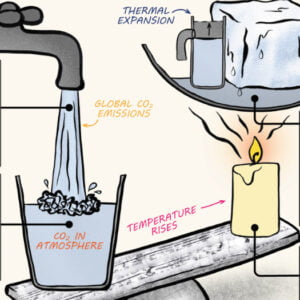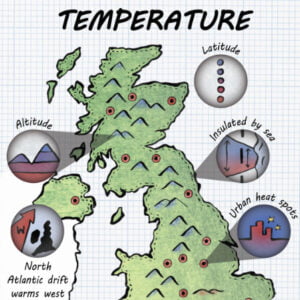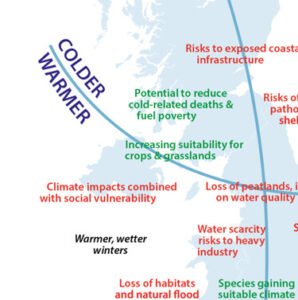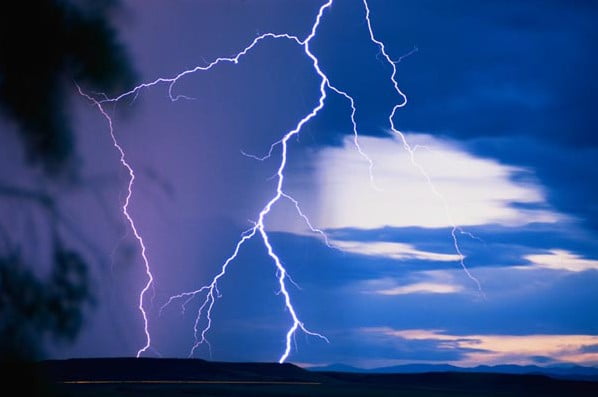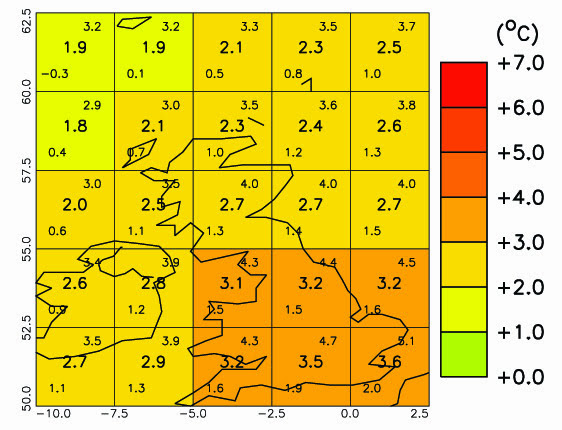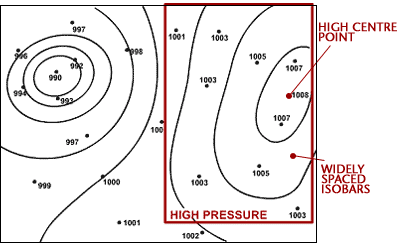Weather and Climate: a Teachers’ Guide
Pathway: Climate
Climate Zones – Past Climate Change – Polar Climate – Hot Deserts
Lesson overview: In this lesson we look at the characteristics and locations of hot deserts and the adaptations of animals and vegetation found there.
Hot deserts have less than 250mm precipitation per year and daytime temperatures that may approach 50oC. Hot deserts cover 14.2% of the Earth’s surface, their distribution largely determined by the global atmospheric circulation. Physical factors such as altitude or latitude determine deserts with the most extreme values of precipitation/temperature. Their characteristics and distribution will change over long periods of time due to the Milankovitch cycles and Continental Drift. Climate change is projected to have complex effects and the size of arid regions is expected to grow. The plants and animals that live in the deserts around the world have adapted to cope with the extreme climate.
Learning objectives:
-
To be able to describe the characteristics and location of at least one hot desert.
-
To understand why hot deserts are hot and dry.
-
To be able to draw and interpret a climate graph of a hot desert.
-
To understand animal and plant adaptations to the hot desert climate.
Key Teaching Resources
Hot Deserts PowerPoint
Hot Deserts PowerPoint (easier)
Hot Deserts Worksheet
Hot Deserts Making Plants and Animals
Hot Deserts Making Plants and Animals – Info sheet
Hot Deserts homework
Teacher CPD/ Extended Reading
Read
Or watch
Alternative or Extension Resources
Using GIS to investigate temperature extremes
